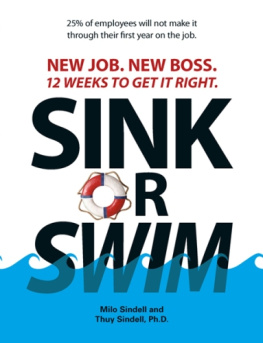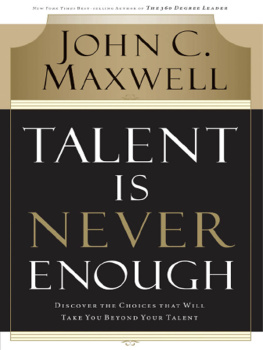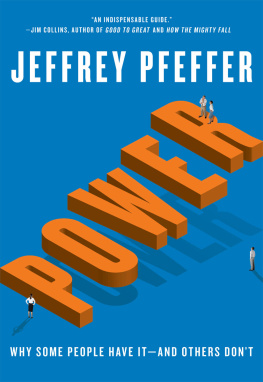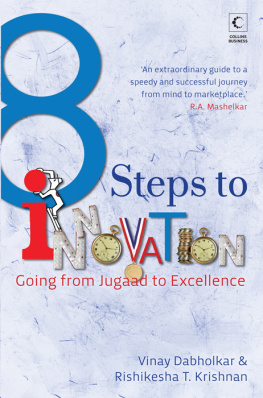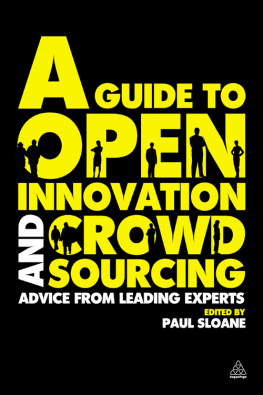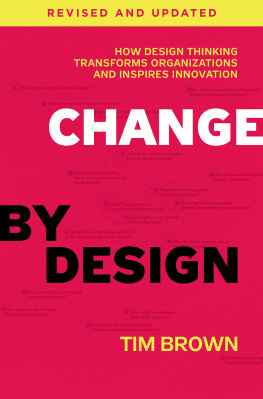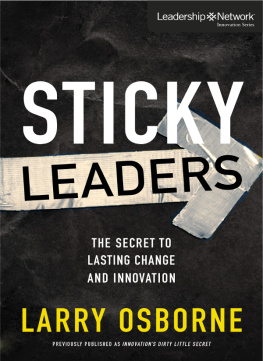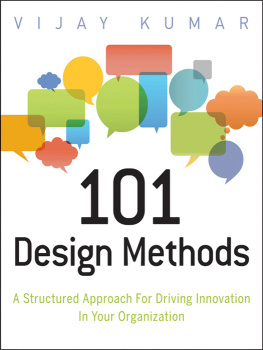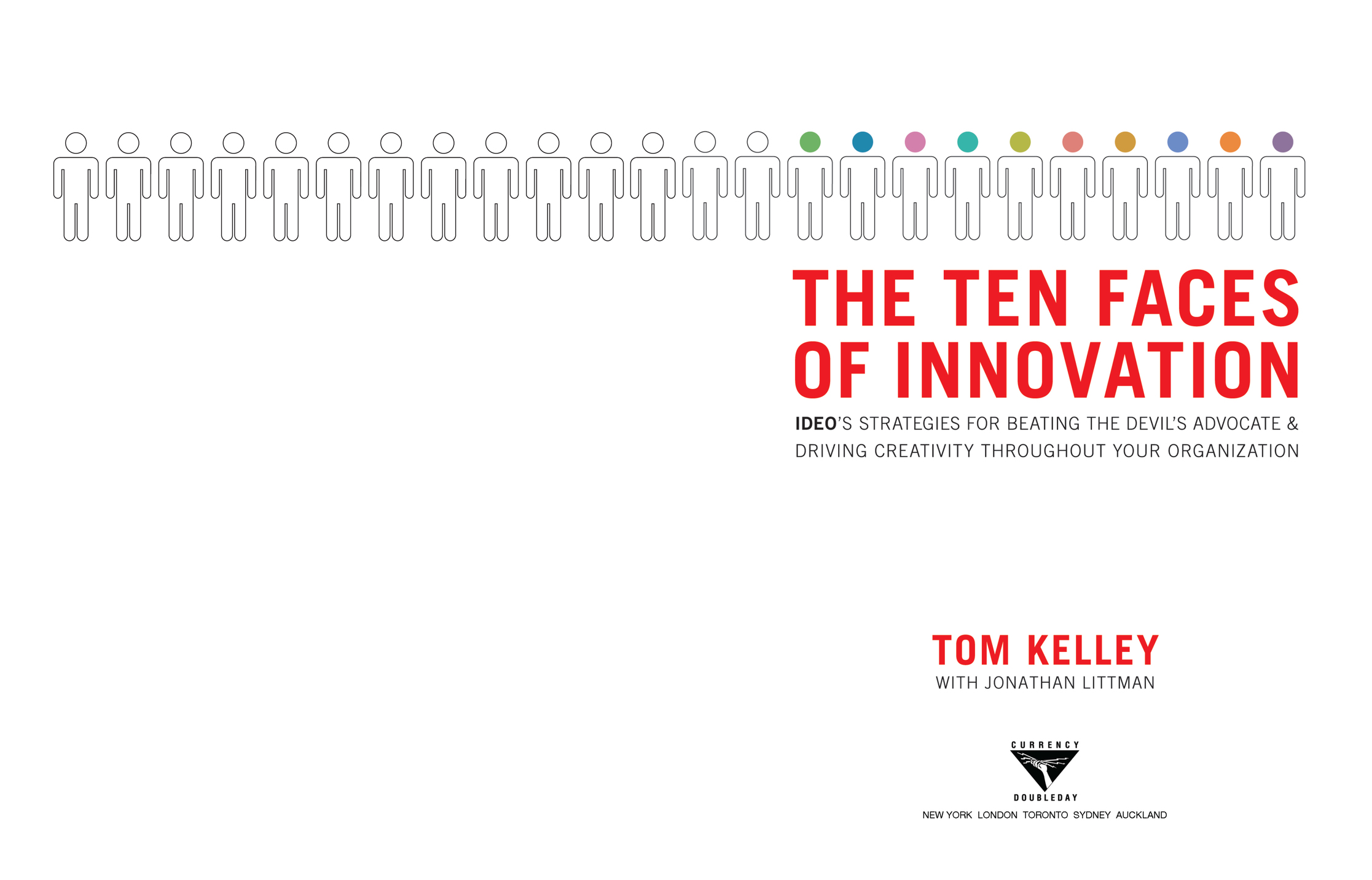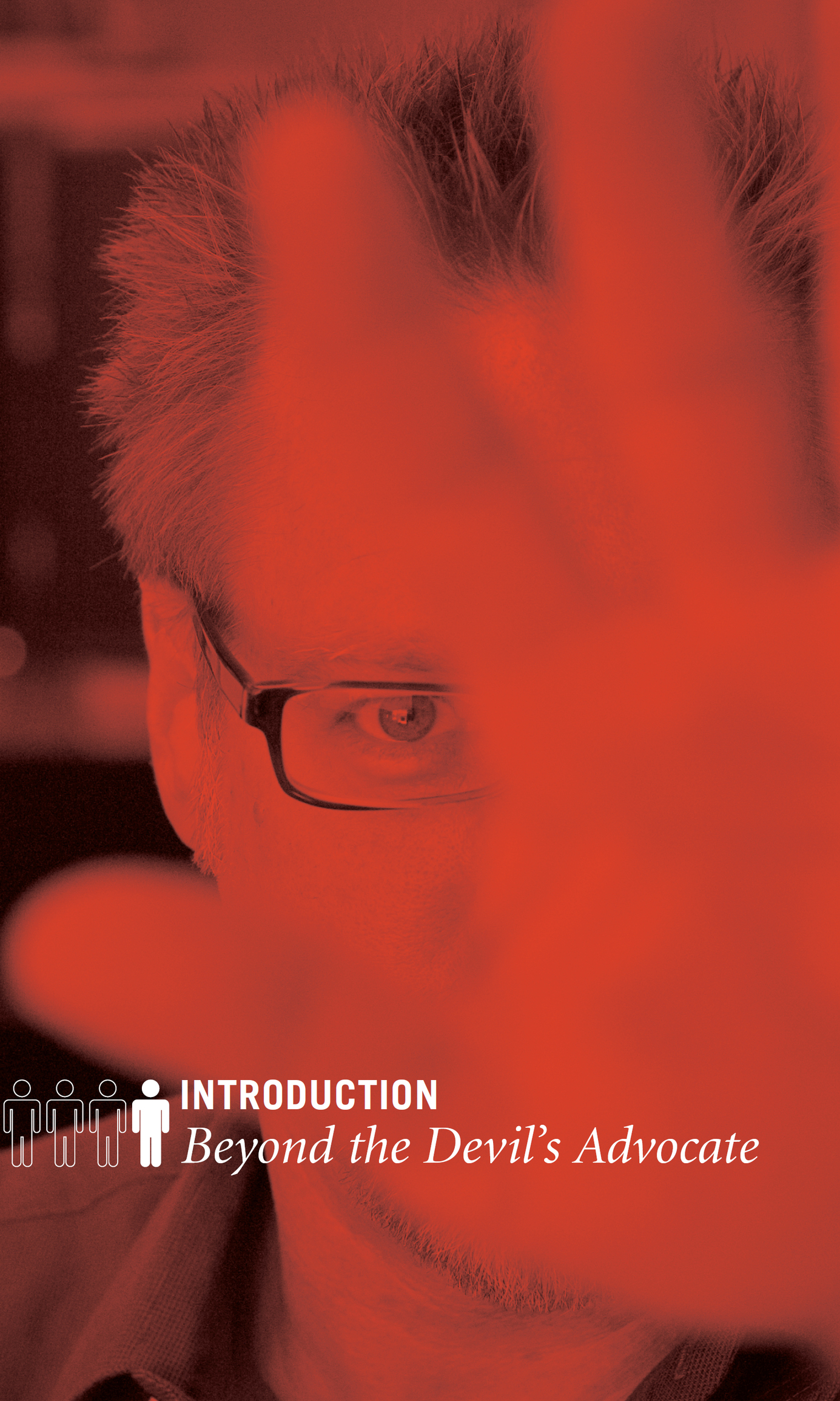Contents
For photo credits, please turn to .
PUBLISHED BY DOUBLEDAY a division of Random House, Inc.
CURRENCY is a trademark of Random House, Inc., and DOUBLEDAY is a registered trademark of Random House, Inc.
CROWN BUSINESS is a trademark and CROWN and the Rising Sun colophon are registered trademarks of Penguin Random House LLC.
Copyright 2005 by Tom Kelley
Cataloging-in-Publication Data is on file with the Library of Congress.
ISBN9780385512077
Ebook ISBN9780385517010
All Rights Reserved
All trademarks are the property of their respective companies.
v4.1_r1
a
To my family
the Okusan, the Ballerina, and the Bonzuppefor their patience, understanding, and love.
CONTENTS
ACKNOWLEDGMENTS
If you prefer to cling to the romantic notion of a lonely author toiling away like a starving artist in a dimly lit garret, you might want to skip this page. Although getting the words down on paper can still be a very lonely task, of course, making a book actually takes quite a crowd. More than a hundred people worked on the book you now hold in your hands, though I will not attempt to mention them all one-by-one.
So here are a dozen individuals or teams Id like to single out for special thanks:
Scott Underwood applied his encyclopedic knowledge of words in giving me advice on syntax, grammar, and elements of style. I have learned more about the nuances of the English language from Scott than I have from any professor. I owe him not only my friendship but also a debt of gratitude.
Olympic athlete and journalist Brigit Finn took time away from her busy schedule at Business 2.0 to investigate dozens of innovation stories, and I occasionally wonder if it was her influence that gave the book so many metaphors from the Olympic Games.
Brendan Boyle and David Haygood distinguished themselves as the most prolific contributors from among the dozens of in-person interviews and thousands of e-mail responses on innovation topics. If they appear more often than others, it is because they provided a constant stream of useful inputeven after I stopped asking for it.
Marc Hershon generously lent me his think tank and tiki lounge in Sausalito as a writers hideout so I could periodically escape the continuous-interrupt environment of my desk at IDEO. Marcs space actually has a doorthough I never had occasion to close it.
Hunter Lewis Wimmer used a blend of design talents and diplomacy skills to turn my vague requests into tangible design elements like the cover and chapter intros. Hunter survived the experience and left his imprimatur on the physical appearance of the book.
Lynn Winter searched out, created, or acquired nearly every photographic image youll see between these covers, lending her energy and perseverance to the project at a time when I felt nearly exhausted by it.
Tim Brown, David Strong, and Peter Coughlan managed to remain patient and supportive with a book project that took way more time away from my day-to-day responsibilities than I had originally imagined. My vision of doing the book nights and weekends was perfectly accurate but incomplete, since the work spilled over into a couple of hundred weekdays, too.
In the literary world, I had lots of help (again) from my agent and mentor Richard Abate, as well as Doubleday executive editor Roger Scholl. Also, Chris Fortunato and his magical book-packaging team raced through the production cyclewhile jumping hurdlesabout twice as fast as I expected.
My brother, David, ultimately made this book possible, not only by starting IDEO and seeding many of the ideas contained here, but also by being my greatest source of advice and guidance for half a century and counting. In addition to everything else, he lent me his Stanford officewhich became another secret getaway spot for writing and editing. I know I will never be able to repay him, andeven betterthat he doesnt expect me to.
Jon Littmans contribution was so great that I am not sure whether its appropriate to thank him here, since he could rightly have his own page of acknowledgments. In many parts of the written manuscript, its impossible for me to separate my efforts from Jons, and weve had an intensely close collaboration that has now spanned over six years. He faithfully stuck with the project, even while others were luring him away with racy alternatives.
My wife, Yumiko, didnt work on the project directly, but she did take on plenty of extra parenting roles for the past eighteen months so I could go on this book adventure. Yumi and the family made a lot of sacrifices during that time, and still supported me all the way. I try never to take them for granted.
As for everyone else, you know who you are: trusted advisors like Whitney Mortimer and Debbe Stern; tireless supporters like Joani Ichiki and Kathleen Hughes; spontaneous helpers like Katie Clark and Marguerite Rigoglioso; Transformation colleagues like Ilya Prokopoff, Charles Warren, and Hilary Hoeber; thoughtful reviewers like Paul Bennett, Roby Stancel, Diego Rodriguez, and Jed Morley; and sources of inspiration like Tom Peters, Bob Sutton, Malcolm Gladwell, Ron Avitzur, Stefan Thomke, Stephen Denning, Seth Godin, and the Group of 33.
Thanks, everybody. I hope youre happy with the finished book.
W eve all been there. The pivotal meeting where you push forward a new idea or proposal youre passionate about. A fast-paced discussion leads to an upwelling of support that seems about to reach critical mass. And then, in one disastrous moment, your hopes are dashed when someone weighs in with those fateful words: Let me just play Devils Advocate for a minute
Having invoked the awesome protective power of that seemingly innocuous phrase, the speaker now feels entirely free to take potshots at your idea, and does so with complete impunity. Because theyre not really your harshest critic. They are essentially saying, The Devil made me do it. Theyre removing themselves from the equation and side-stepping individual responsibility for the verbal attack. But before theyre done, theyve torched your fledgling concept.
The Devils Advocate gambit is extraordinary but certainly not uncommon, since it strikes so regularly in the project rooms and boardrooms of corporate America. Whats truly astonishing is how much punch is packed into that simple phrase. In fact, the Devils Advocate may be the biggest innovation killer in America today. What makes this negative persona so dangerous is that it is such a subtle threat. Every day, thousands of great new ideas, concepts, and plans are nipped in the bud by Devils Advocates.
Why is this persona so damning? Because the Devils Advocate encourages idea-wreckers to assume the most negative possible perspective, one that sees only the downside, the problems, the disasters-in-waiting. Once those floodgates open, they can drown a new initiative in negativity.


